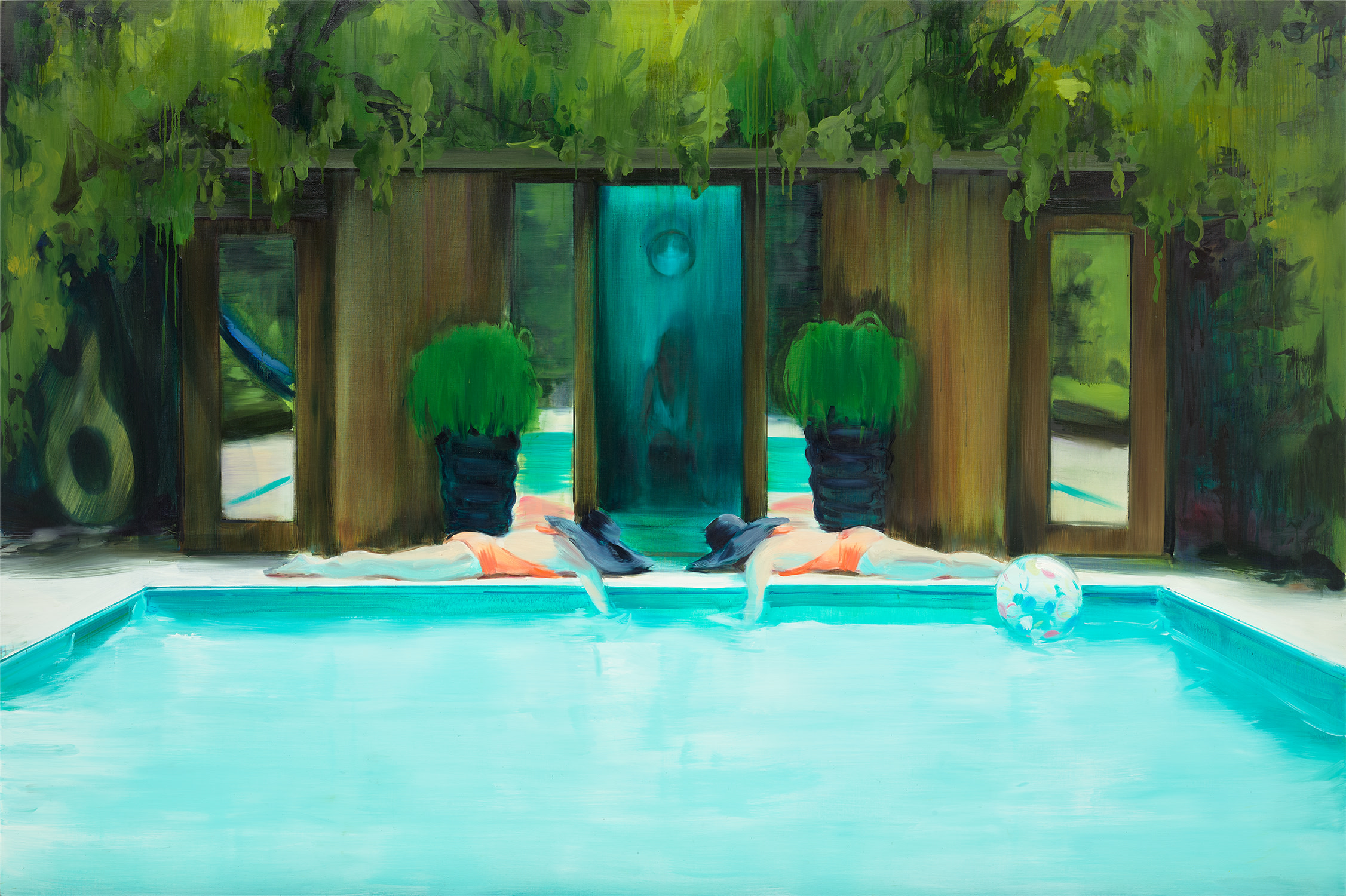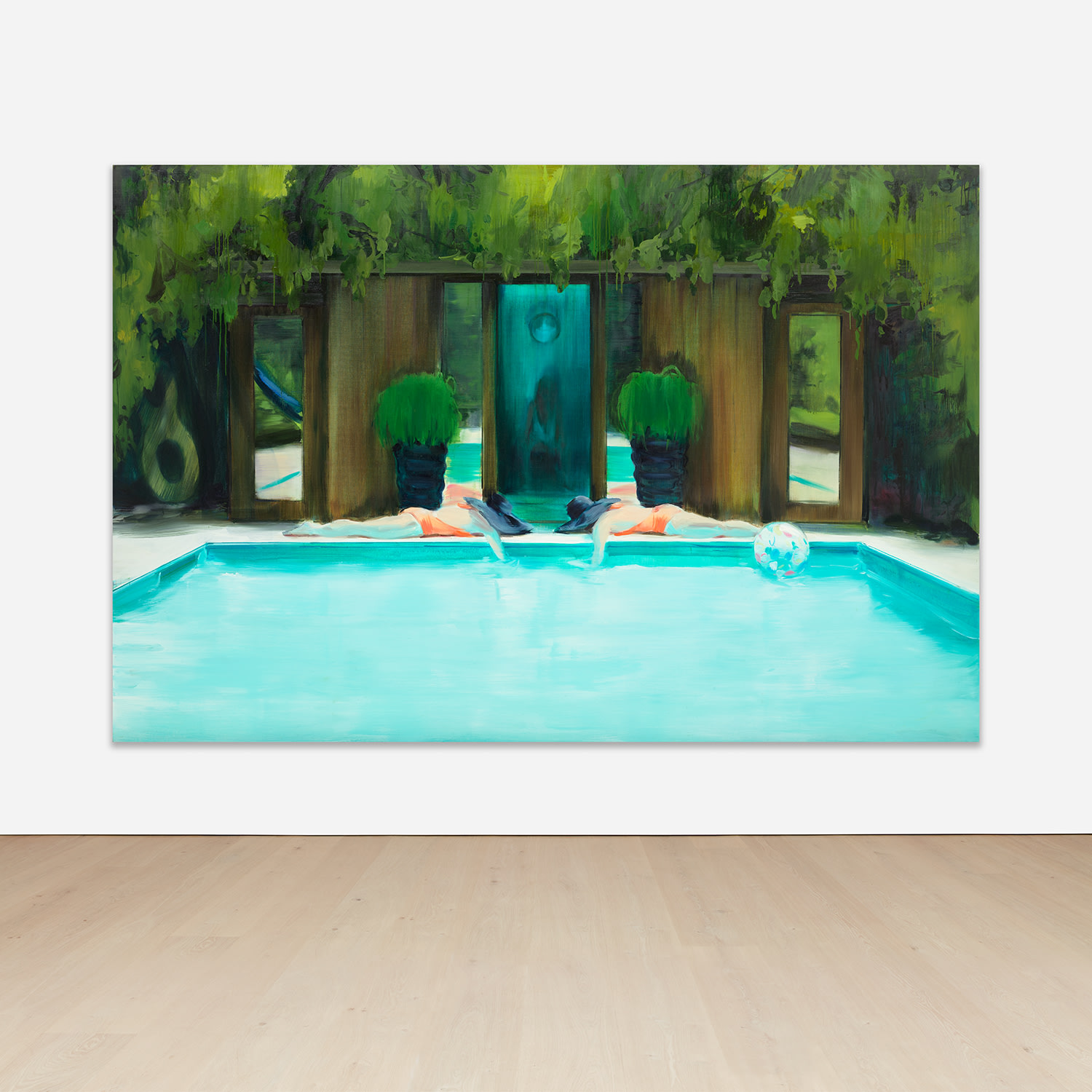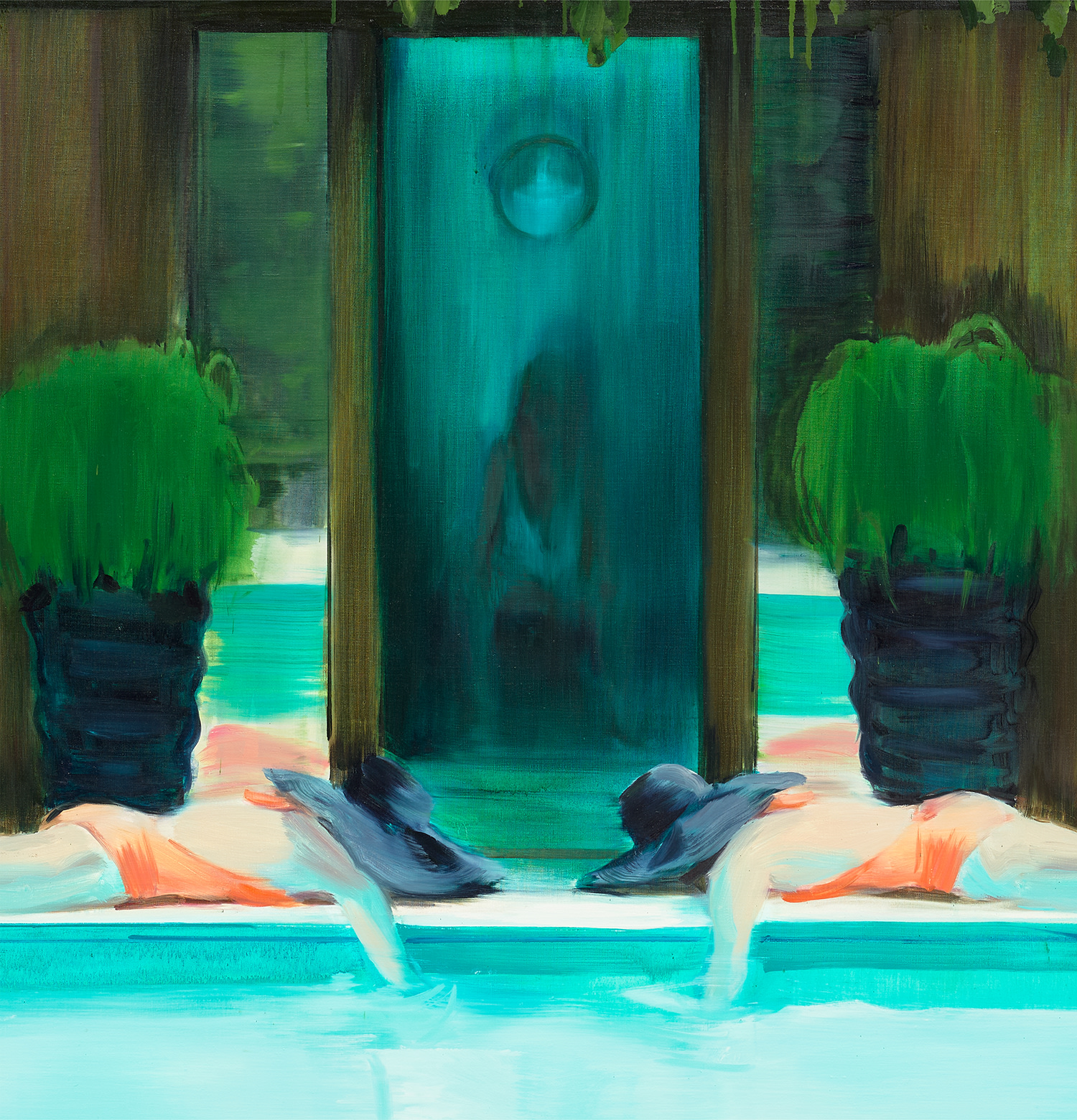





Property of an Important European collection
8
Caroline Walker
Threshold
signed, titled and dated ''THRESHOLD' CAROLINE WALKER 2014 Caroline Walker’ on the reverse
oil on canvas
200 x 300 cm (78 3/4 x 118 1/8 in.)
Painted in 2014.